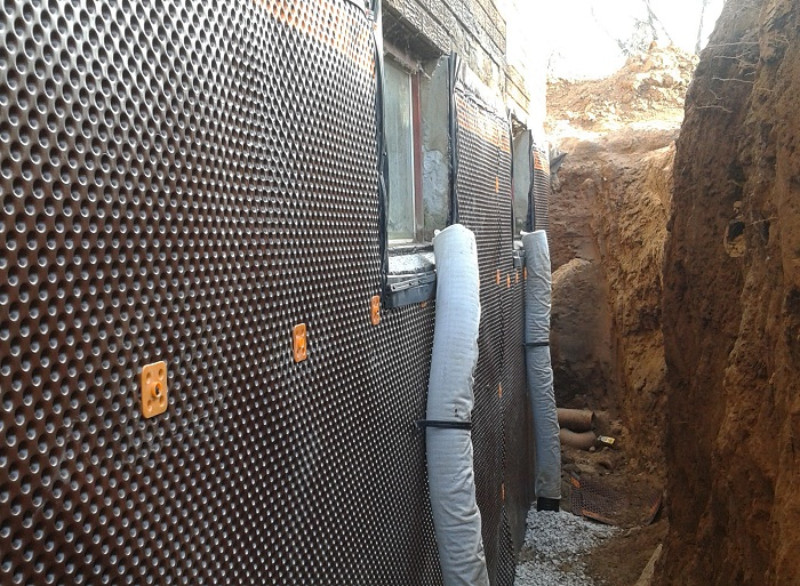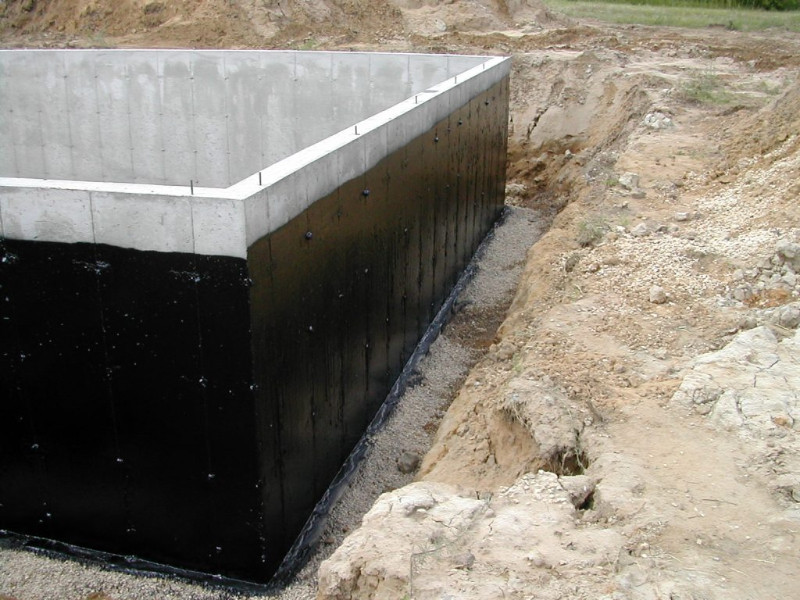My house has received a lot of snow this year. My outside basement wall has been showing sign of deteriorating. The dark seal has some patches on them which is a tale sign that the waterproofing may not longer hold. Therefore, I am in need of renovate my basement walls from the outside. These tasks, while can be done by myself would requires professional helps. In all, below are some tips to diy the basement walls seal.
To begin you should assess the problem and get the professional help. In any cases, it is imperative to check for mold and have them removed. If the basement walls remain dry but are not waterproofed, there is a good chance that you may be able to simply take care of the walls yourself. In walls that have cracks, leaking, or seepage there are other tasks that should be performed before the waterproofing.Each of these conditions may require a different approach and may require the attention of a professional. Once your basement walls are not leaking and have no cracks you can probably begin preparation for the process of waterproofing basement walls.

The waterproofing mix that you choose should have specific instructions and it is best to follow those carefully, but there are some common steps that will likely be included in your specific instructions.
Waterproofing basement walls is similar to painting Process
You may need to remove the paint from the basement walls before beginning. Once this is complete you may begin by moistening the walls. The walls should be damp but absent of standing water. Other waterproofing products require a dry surface. Some may prefer to mix their own coat using cement and water.
You will apply the mixture to the wall, rubbing it into the wall with a brush. The idea is to fill every pore and focus on the areas where leaking, cracking and seeping were a problem before filling and repair. It is recommended to apply the coating at the bottom of the wall first since this is typically where water pressure is the highest.
Work to the top and then work back down continually applying more layers. When the problem areas have been completely covered allow it to dry. When it is dried soak it with water and let it set overnight. The next day wet it thoroughly again and apply a second coat while that wall is wet.

The directions for your mix may be very different. To ensure the greatest effect it is important to follow the directions that accompany the product you choose. Two coats of all products are recommended provided that does not conflict with the instructions provided.
After the waterproofing mix is applied you may want to consider painting the walls. Verify that the mix you use is compatible with the paint that you plan on using before beginning.
Waterproofing basement walls is something that many can do on their own. The benefits include protection from basement water damage. Prevention of mold growth and other infestations along with the health benefits that these can provide.
If you have any questions you should consult a professional before beginning. Ensuring that waterproofing basement walls is done correctly the first time may save more money than not contacting a professional would have.

Interest to learn how to insulate basement walls properly, then this is an ideal post to get you started.

3 Comments
Leave a Reply